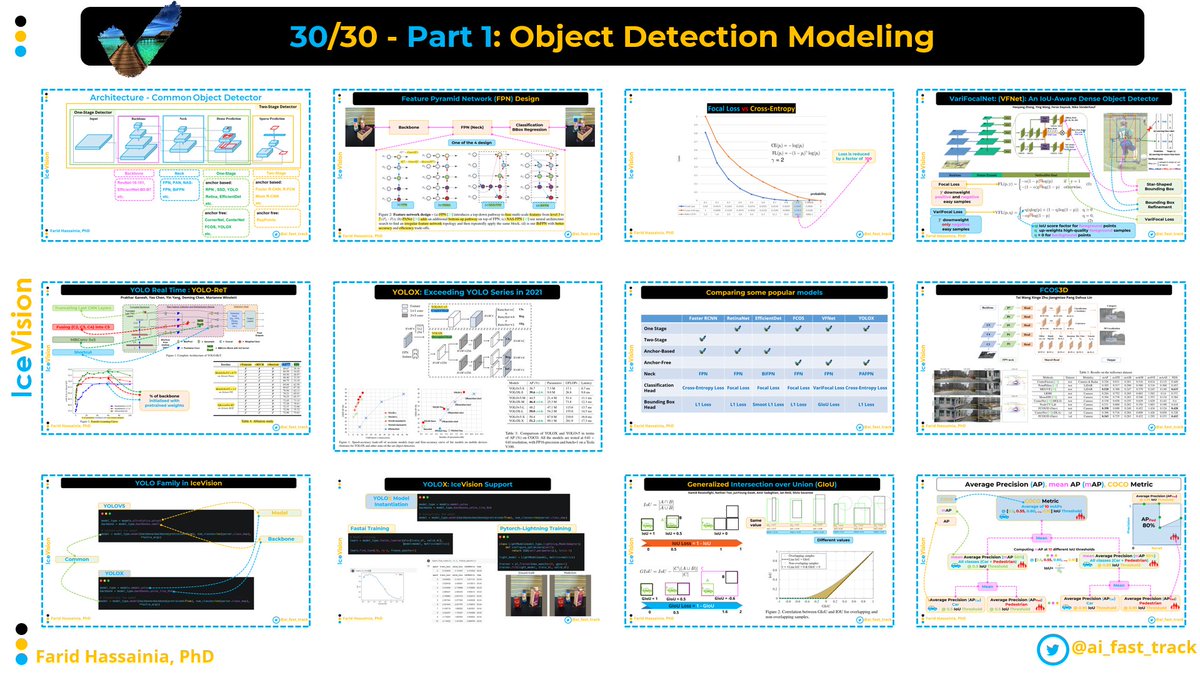
Day 26/30: General Gaussian Heatmap Labeling is Arbitrary-Oriented Object Detection AOOD
📌 It uses an anchor-free object-adaptation label assignment strategy to define positive candidates based on 2D GH, reflecting shape and direction features of arbitrary-oriented objects.
📌 It uses an anchor-free object-adaptation label assignment strategy to define positive candidates based on 2D GH, reflecting shape and direction features of arbitrary-oriented objects.

📌 GGHL improves the AOOD performance with low parameter-tuning and time costs.
📌 It is also applicable to most AOOD methods to improve their performance including lightweight models.
📌 It is also applicable to most AOOD methods to improve their performance including lightweight models.
📰 Paper: A General Gaussian Heatmap Labeling for Arbitrary-Oriented Object Detection
abs: arxiv.org/abs/2109.12848…
pdf: arxiv.org/pdf/2109.12848…
abs: arxiv.org/abs/2109.12848…
pdf: arxiv.org/pdf/2109.12848…
⭐️ If you find this thread helpful, feel free to follow
@ai_fast_track for more OD / CV demystified content in your feed
⭐️ If you could give this thread a quick retweet, it would help others discover this content.🙏
@ai_fast_track for more OD / CV demystified content in your feed
⭐️ If you could give this thread a quick retweet, it would help others discover this content.🙏
https://twitter.com/ai_fast_track/status/1464248141142704144
• • •
Missing some Tweet in this thread? You can try to
force a refresh








